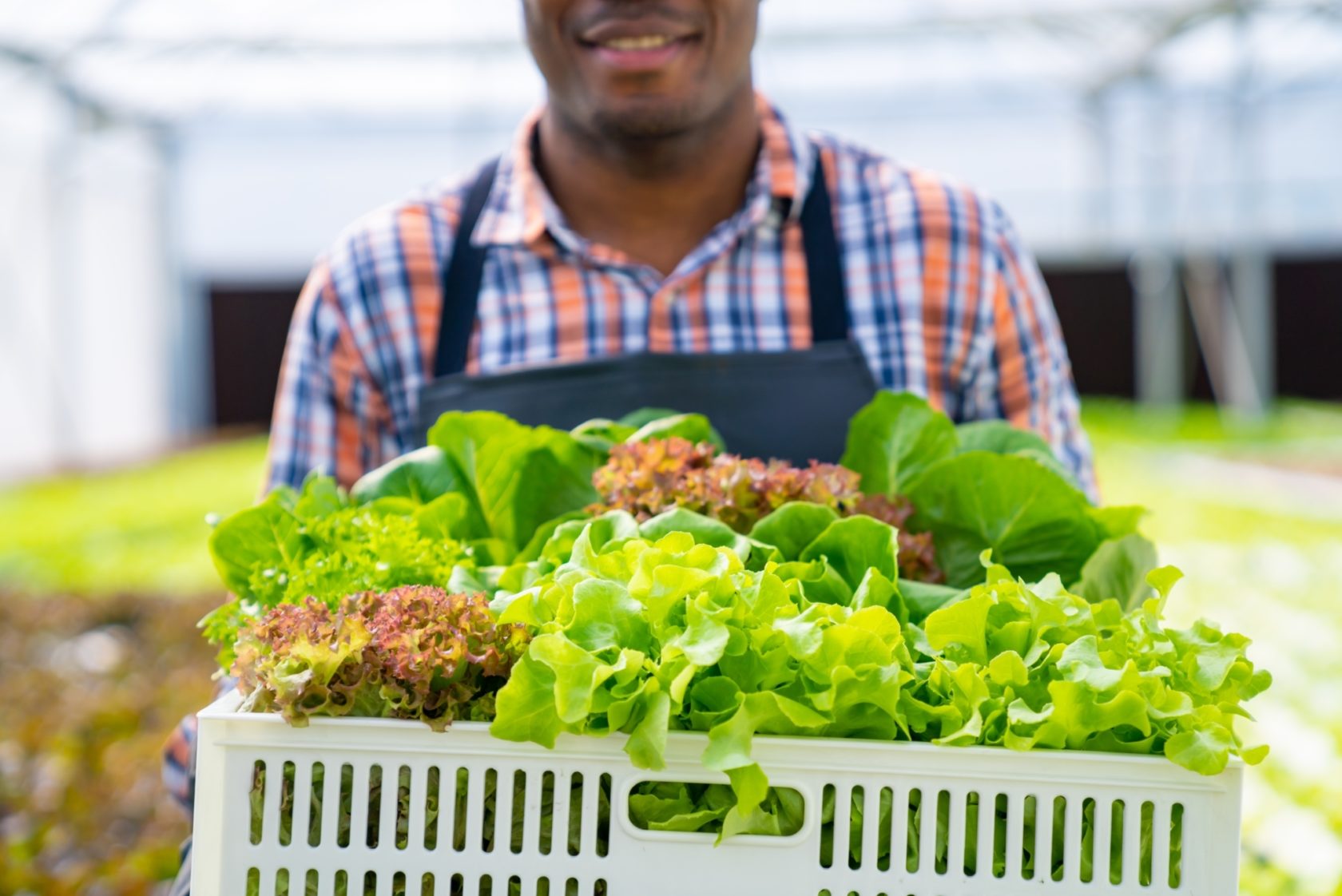



How Reusable Transport Packaging Will Help Change the World





Even before the Covid-19 pandemic disrupted international commerce, the world needed reusable transport packaging. Reusable pallets, plastic-corrugated boxes, rigid containers, crates, totes, trays, bins, and more. Making up more than 10 percent of the overall $950 billion global packaging market, reusable transport packaging (RTP) is seen as critical to helping reduce shipping waste and promoting a more sustainable planet.
But now it’s clear that RTP has even more to offer. By its predictable, fixed, reusable nature, today’s RTP is a key enabler of automation, digitization, and supply chain resiliency. As a result, when the Reusable Packaging Associationissued its first State of the Industry Report in 2020, 85 percent of survey participants expected demand for RTP to increase. Here’s why:
Reusable transport packaging is used to move finished goods and raw materials through the supply chain. It is designed and manufactured to be used and reused repeatedly over a long period of time, creating the kind of circular supply chain that boosts efficiency and sustainability while also meeting the requirements of government regulators. For example, the European Union recently issued its Circular Economy Action Plan, which will help ensure all packaging in the EU is reusable or recyclable by 2030.
Consumers themselves are beginning to drive adoption of RTP. In survey after survey, the public has shown that it’s concerned about climate change, plastics in our ocean, packaging waste, and other environmental challenge. Although they may never see the pallet that delivered the goods they buy, consumers’ efforts to hold industry accountable has prompted everyone from fast-food restaurants, to retailers, to consumer packaged goods companies to pledge they’ll reduce their carbon footprint through reusables and recyclables. In fact, 85 percent of RTP companies expect public concern for the environment to boost demand for RTP over the next several years.
But there’s more to RTP than sustainability, for example:
Reusable transport packaging is necessary for automating the supply chain.
New automation systems require precision and consistency to be effective. For example, a human forklift operator can make adjustments if pallets don’t perform as expected, but a robotic operator requires predictable, uniform reusable transport packaging to automatically move goods without a hitch.
Reusable transport packaging supports digitalization.
With new Internet of Things (IoT) technology built into or affixed to RTP, companies can communicate wirelessly with the packaging, thereby identifying its location, contents, and condition. Not only can this help ensure the safe delivery of things like perishable food and vaccines, but it can also help companies route and re-route goods and materials in the event of supply chain bottlenecks.
Reusable transport packaging can improve transport.
RTP is easier to load and unload, especially by automated systems. It can also make better, more efficient use of shipping space, allowing companies to move more goods and materials at a lower total cost. And working in conjunction with IoT technologies, it gives companies greater visibility into supply chain performance.
With supply chain challenges what they are today, reusable transport packaging has a clear and beneficial role to play. Before long, we’ll be talking about “smart” packaging as a sign of the future.


